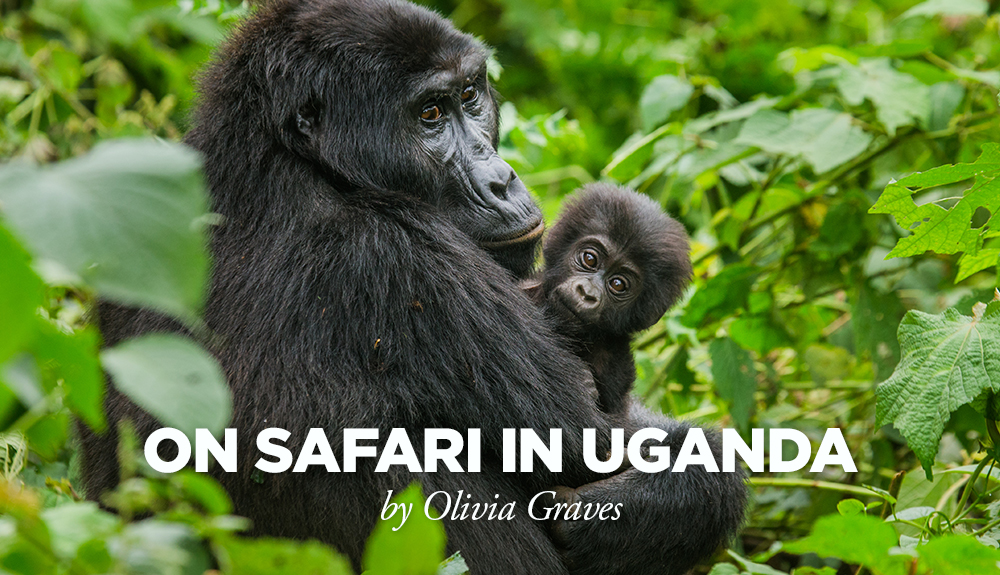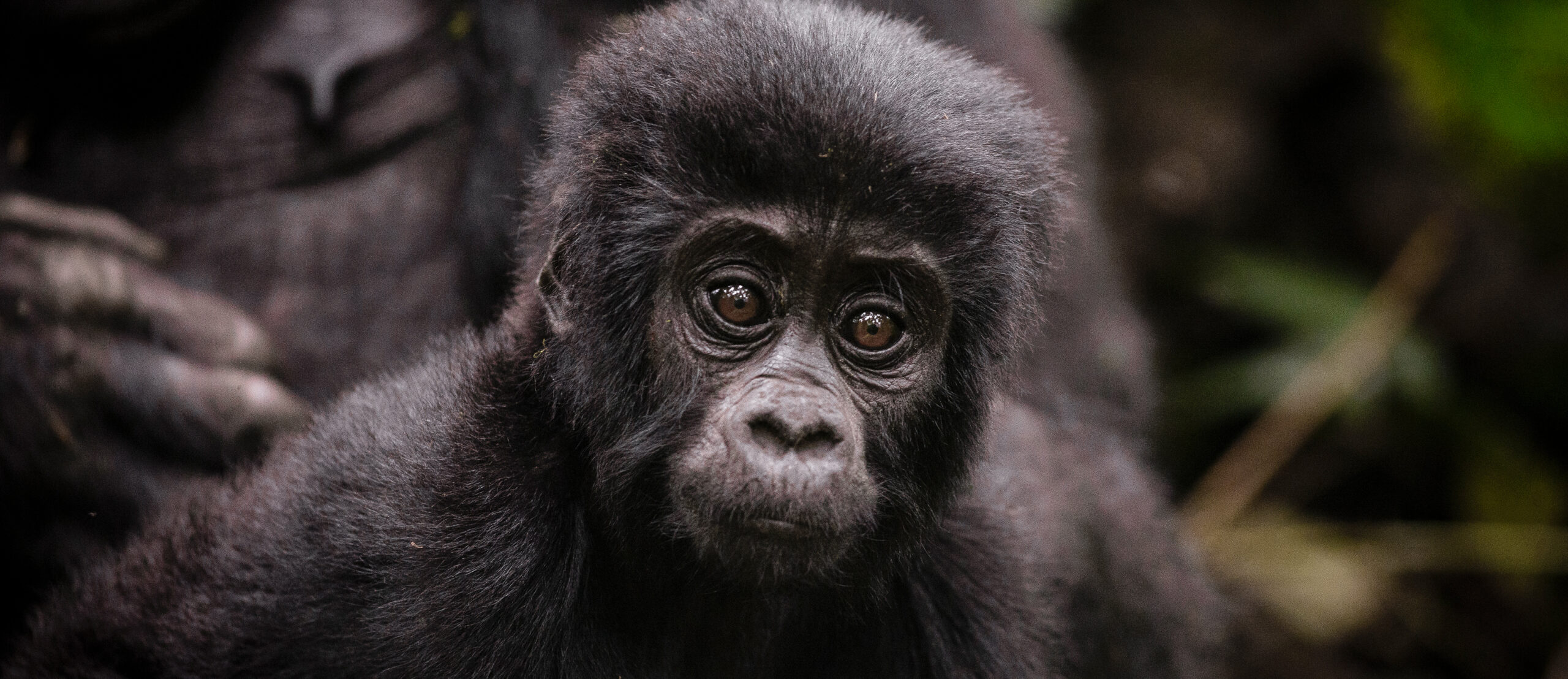‘Gorillas in the Mist’ anyone? Heading out on safari in Uganda will treat you to your own unforgettable primate adventure!
As you hike through wild jungles, you’ll gaze in wonder at chimpanzees, various subspecies of monkey, and the world’s last remaining mountain gorillas. Bonus? Uganda also offers great wildlife viewing including elephant, buffalo, hippo, leopard, and tree climbing lions!
So, what do you need to know about a Ugandan safari for your own special visit?
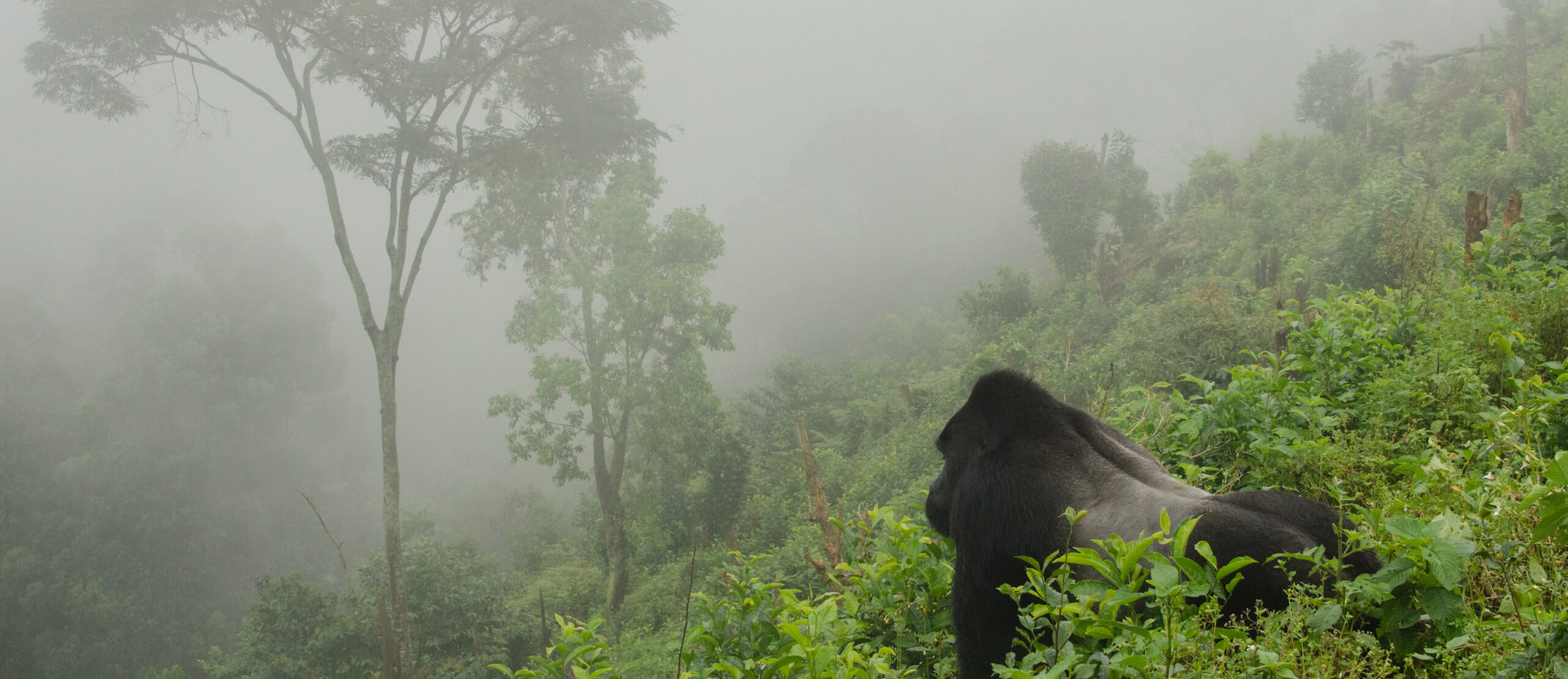
Gorilla Trekking
Though physically challenging at times, gorilla trekking is a once in a lifetime experience that surely ranks on anyone’s African safari wish list. To give you a better idea of what to expect, we’ve pulled together some of the most frequently asked questions.
Where are the best trekking opportunities?
Bwindi Impenetrable Forest is home to half the world’s population of endangered mountain gorillas, giving you one of the best chances to spot these gentle giants up close. Accommodation options include Buhoma Lodge, Clouds Mountain Lodge, and Sanctuary Gorilla Forest Camp which is frequently visited by gorilla families (imagine waking up to a gorilla outside your sleeping quarters!). This also means long hours of trekking may not be required.
The other half of the gorilla population live throughout the remainder of the Virunga mountain ranges in Uganda, the Democratic Republic of Congo, and Rwanda.
On a visit to Uganda, you can track gorillas in both the Bwindi Impenetrable Forest and Mgahinga Gorilla National Park.
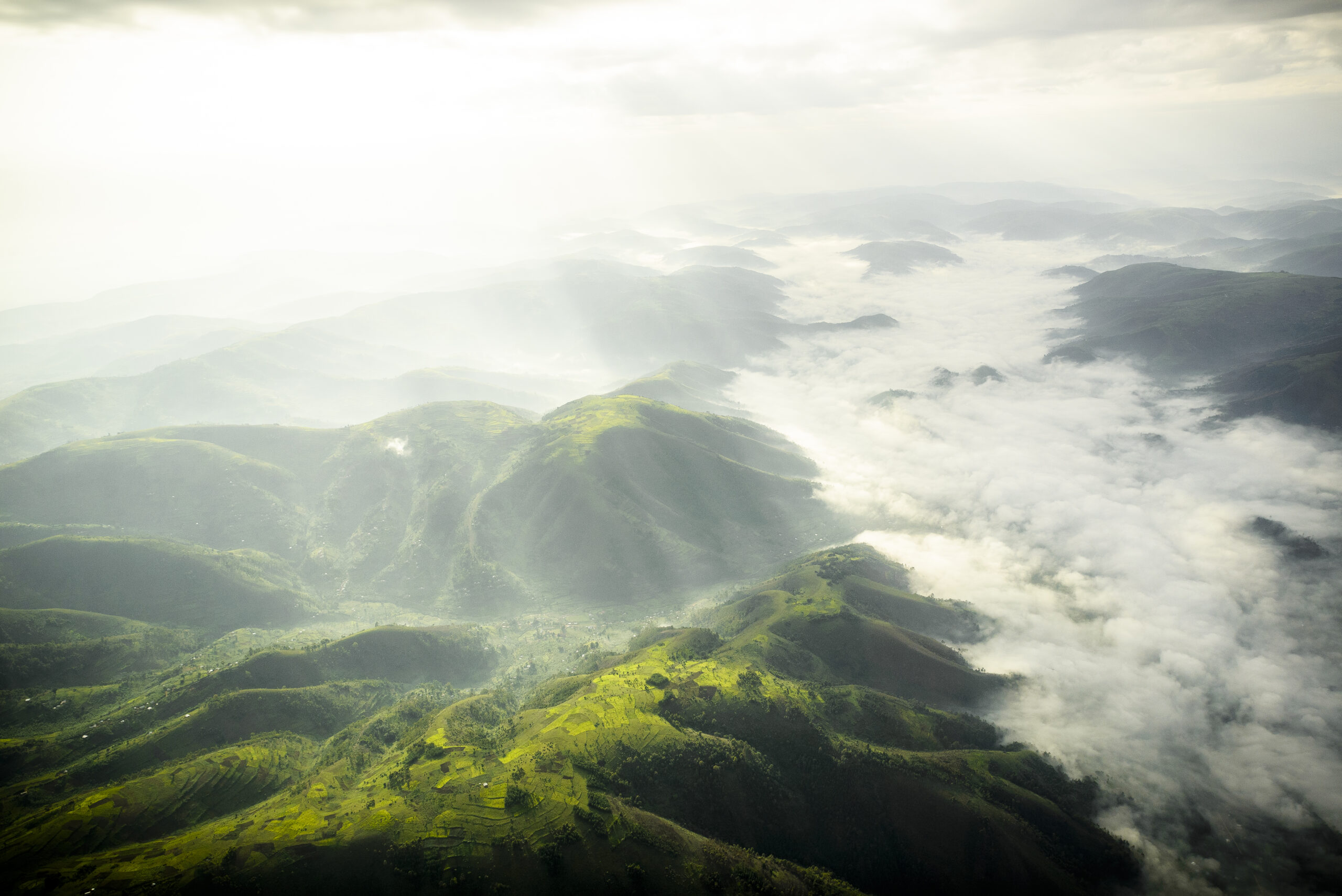
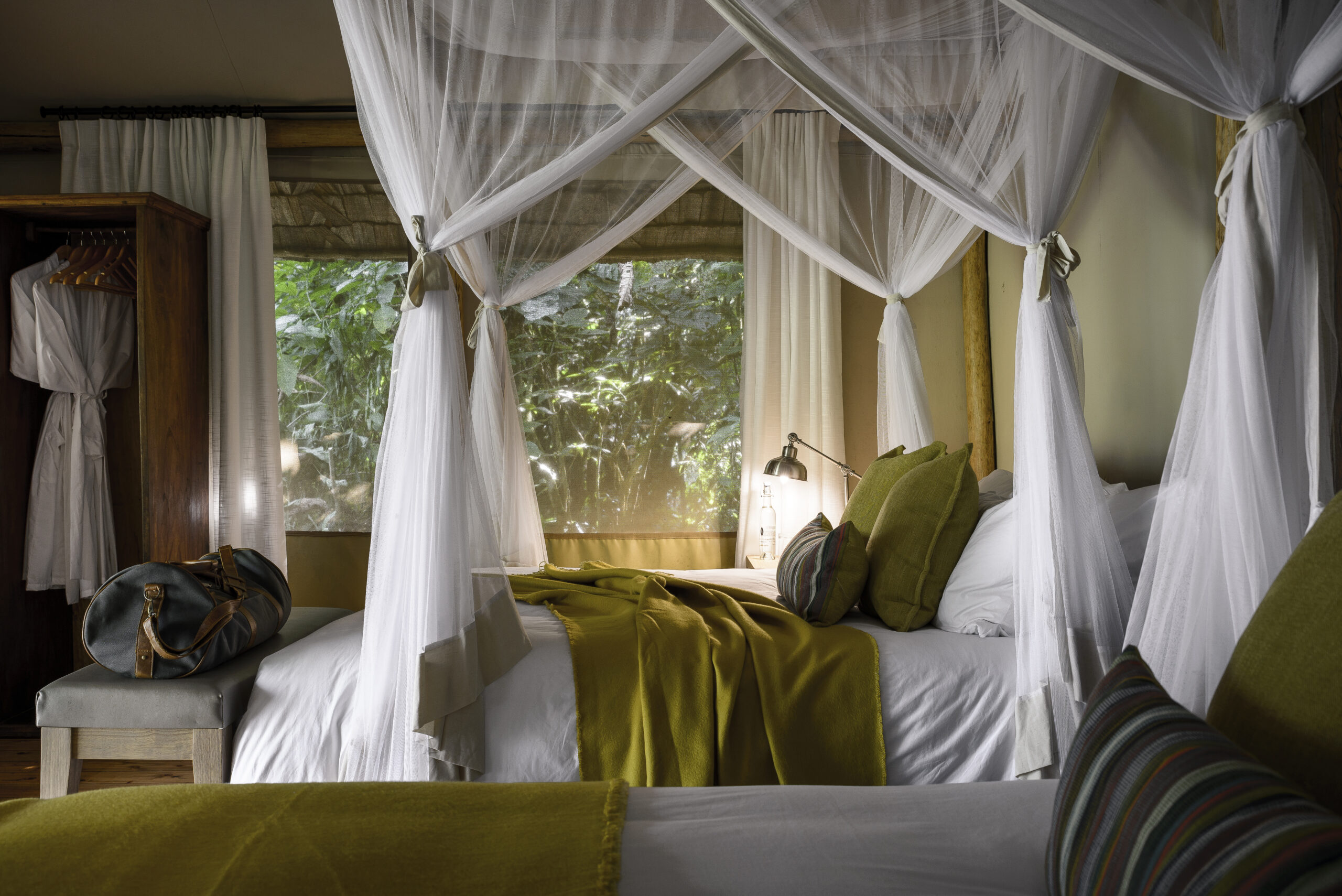
How much do permits cost?
Gorilla trekking permits in Uganda are currently USD $600 per person, increasing to USD $700 per person from 01 July 2020. You must be over 15 years of age to obtain a gorilla viewing permit.
A specific number of gorilla tracking permits are available each day so we recommend booking well in advance.
What can I expect on a gorilla trek?
A gorilla trekking day in Uganda can be anywhere from a few hours up to eight hours long, traversing dense foliage and steep inclines, so a good level of fitness is recommended. Once you reach the habituated gorilla family, a maximum of one hour is permitted to be spent with them. However, this is also at the discretion of your guide, who may opt to leave early if the gorillas become agitated.
What behaviour should you follow when observing the gorilla family?
- While it is okay to ask your guide questions, be sure to keep your voice down at all times so you do not disturb their routine.
- You are not permitted to eat, smoke or drink near the gorillas as this raises the risk of transmitting disease.
- Be sure to turn the flash off on your camera and move slowly when taking pictures.
- Keep in mind that although they are not violent, gorillas are still wild animals and you should not try to touch them. Sit and wait, they may just come to you!
- Unless they actively move towards you, travellers should observe a 7-meter distance between the gorillas. This allows the family to move about their natural environment in a relaxed manner.
When is the best time to visit Uganda?
While June to mid-September is notably one of the best times to visit, Uganda is also a year-round destination with a consistent tropical highland climate.
Are any immunisations required for gorilla trekking in Uganda?
Currently, the only mandatory vaccination for travellers visiting Uganda is yellow fever. Proof of immunisation must be shown upon entrance to the country. It is also highly recommended you are up-to-date with routine vaccinations such as tetanus. Travellers may also like to consider vaccinating against meningitis, hepatitis A, and hepatitis B.
How big are mountain gorillas?
The males can grow up to 182cm tall and weigh close to 181kg, while the females can hit 152cm in height and weigh up to 97kg.
Want more information on gorilla trekking and accommodation options?
DOWNLOAD our gorilla trekking guide for Uganda and Rwanda.
THE BEST SAFARI SPOTS IN UGANDA
Your visit to Uganda doesn’t begin and end with just gorillas! Take a look at these gems for the complete African safari experience.
Queen Elizabeth National Park
Queen Elizabeth National Park is home to Uganda’s famous tree climbing lions! Visitors can also enjoy tracking chimpanzees year round in Kyambura Gorge and Kinzalu Forest, as well as spotting leopard, jackal, hyena, hippo and over 600 varieties of birdlife.
Murchison Falls National Park
This national treasure is the country’s largest protected wildlife sanctuary. It is well know for its falls, where the Victoria Nile River bursts through a narrow gorge, flowing into calm waters with an abundance of wildlife populating its shores. Rare shoebill storks can be found on Lake Albert Delta, and chimpanzee spotting in the mahogany Kaniyo Pabidi Forest is a must.


Kibale National Park
Kibale is located in western Uganda and one of the best places to experience a chimpanzee trek. The scenery is spectacular and incredibly varied with tropical forest, savannahs, and wetlands. Visitors can enjoy encounters with chimpanzee along with 12 other species of primates such as the red colobus monkey, grey-cheeked mangabet, olive baboon and red tailed monkey. The park also offers incredible bird viewing (more than 300 species), colourful butterflies and other wildlife such as leopard, buffalo and elephant.
Kidepo Valley National Park
A remote conservation area in northeast Uganda, Kidepo National Park has incredible wildlife sightings including kudu, cheetah, lion, leopard and elephant. It is also home to over 400 bird species making it ideal for bird watchers.

